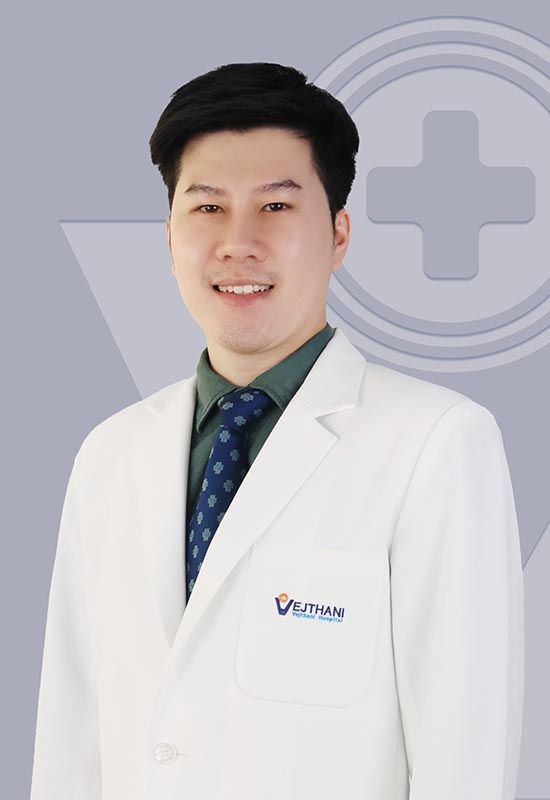Pediatric brain tumors
Overview
When the cells have an abnormal growth in a child’s brain or the structures surrounding it, it forms into a mass called brain tumor. There are various types of pediatric brain tumor, some are benign (noncancerous) and some are malignant (cancerous). The cause is unknown in most cases. Factors that may affect prognosis and treatment are based on the brain tumor’s location, type, age and metastasis. Primary brain tumors are the most common solid tumors in children.
Treatment options for pediatric brain tumor varies from adult brain tumor so make sure that you choose the pediatric doctor whose expertise and experience is specifically for neurology and cancer.
Symptoms
The most common signs and symptoms of pediatric brain tumor are:
- More frequent or more severe headache
- Lethargy and drowsiness
- Nausea and vomiting of unknown cause
- Having a double vision or eyesight problem that just occurred recently
Signs and symptoms based on location:
- The fontanels of the baby appears full or the head is enlarged (macrocephaly)
- Seizures
- Abnormal eye movement
- Slurred speech
- Hearing problems
- Swallowing problems
- Feeding problem in babies or loss of appetite in children
- Weakness on one side of the face
- Numbness or weakness of the upper and lower extremities
- Balancing problems
- Walking difficulty
- Confusion or irritability
- Behavioral changes
Diagnosis
If you suspect that your child has a brain tumor, consult a doctor to recommend necessary tests and diagnostic procedures such as:
- Neurological exam. Checks the child’s eyesight, balance, hearing, coordination, reflexes and strength. Any abnormalities in the test may indicate brain tumor.
- Imaging tests. Diagnostic imaging detects the size and location of the brain tumor. The following imaging tests are most commonly done to detect brain tumor:
- Magnetic Resonance Imaging (MRI). May be combines with specialized MRI such as Magnetic Resonance Spectroscopy (MRS).
- Computerized Tomography (CT) scan
- Positron Emission Tomography (PET)
- Biopsy. This procedure may be done in a brain tumor removal operation. Or the surgeon may use stereotactic needle biopsy if the the tumor’s location is hard to be reached. The surgeon takes a small sample of the brain tumor using a small needle by making a tiny hole on the skull. The sample will be sent to the lab to know the cancer cell type and how serious it is.
- Precision medicine diagnosis. The tissue that was taken during biopsy will further be studied for genetic mutations and the tumor’s molecular basis and targeted drug therapy could be customized based on the result.
- Tests to see if cancer has spread. If the brain tumor is suspected to be a cancer that has spread which comes from another location in the body, further tests may be needed to locate the origin of the cancer.
Treatment
The treatment will be based on the size, type and location of the brain tumor. Furthermore, the age and general health of the child is taken into consideration.
Surgery. Surgery may be the only treatment in low-grade or slow-growing pediatric brain tumor.
Surgery to remove brain tumor in children should be done very carefully in order to remove tumor as much as possible and to release the pressure inside the head caused by the tumor.
Radiation therapy. Radiation therapy is the utilization of high-energy beams, such as X-rays or protons that can kill the tumor cells. Radiation therapy is often given by a machine outside of the body called external beam radiation. It can target only on the position where the tumor is existing, while it can also be implemented to the entire brain. In rare occasion, that radiation may be placed inside the body near the brain tumor. The common side effects of radiation therapy that often occur during or right after the treatment are fatigue, headaches, loss of memory, irritations in the scalp and hair fall.
Proton beam therapy. This treatment provides radiation in high targeted doses to attack the brain tumor with less exposure to healthy tissues around it.
Radiosurgery. Provides highly focused radiation treatment using multiple beams of radiation to terminate tumor cancer cells in an area that is very small. Individual beam of radiation is not very powerful, however when all the beams are put together to meet at the brain tumor, it provides an extensive dose of radiation that can kill the tumor cells.
Technologies used in radiosurgery are Gamma Knife or Linear Accelerator (LINAC). Radiosurgery is a single treatment and the child can normally go home right after the treatment (same day).
Chemotherapy. Drugs in a form of pill may be administered orally during chemotherapy but it is usually done intravenously in children to kill the tumor cancer cells. The type of medicine that is given depending on the type of cancer. The side effects of chemotherapy vary on the kinds and dosage of the drugs. The general side effects are nausea, vomiting, loss of hair and decreased blood cells production.
Targeted drug therapy. Targeted therapy is designed to focus on particular abnormalities that present in the cancer cells. Targeted therapy can kill cancer cells by hindering these abnormalities.
Rehabilitation after treatment
During the recovery period, the doctor will recommend your child to undergo rehabilitation to help regain and control speech, motor skills, eyesight, and thinking process. The following therapies will be advised for your child:
- Physical therapy to build up muscle strength and motor skills.
- Occupational therapy assists your child to go back to activities of daily living.
- Speech therapy for speaking problems.
- Tutoring to enhance memory and thinking in school-age children.





